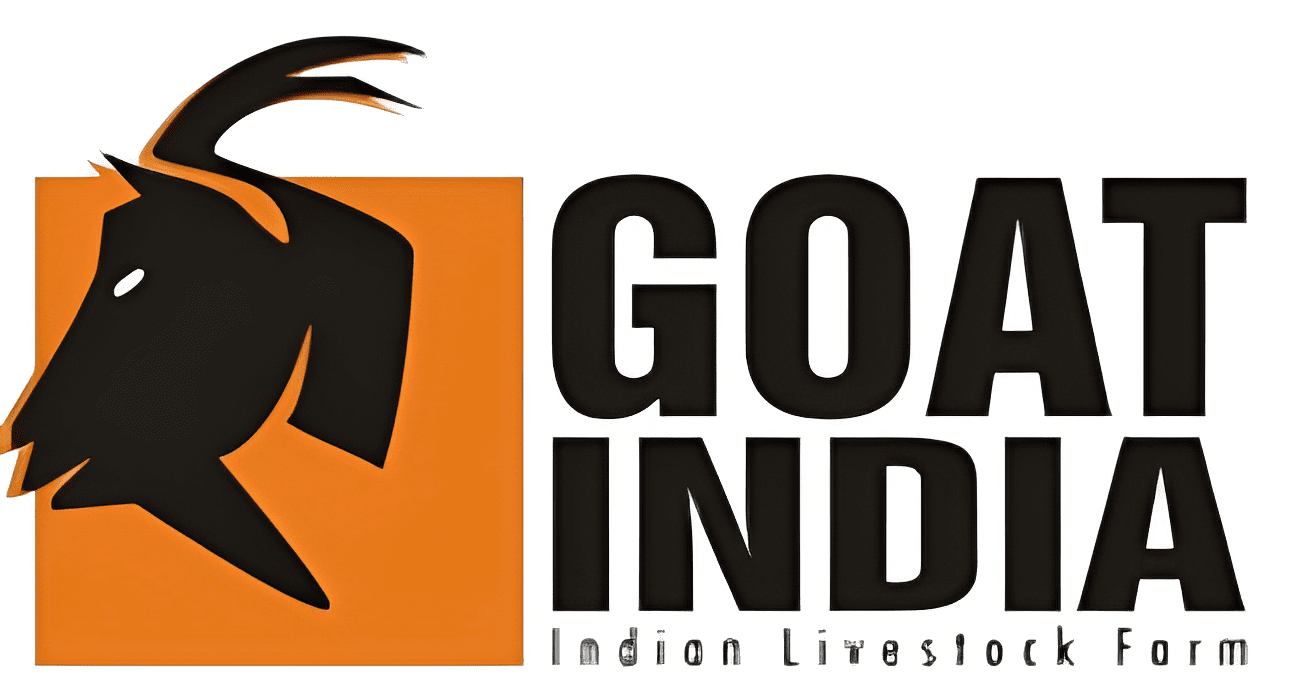Goat Cheese Production in India
Complete guide to artisanal goat cheese making, nutritional benefits, and commercial opportunities for Indian dairy farmers
Goat Cheese Industry Facts
Key statistics and data points about goat cheese production and consumption in India
Comprehensive Cheese Guide
Detailed information organized by production stages and applications
Milk Selection
Fresh goat milk with 3.5-4% fat content. Use milk within 24 hours of milking for best cheese quality and flavor development.
Essential Equipment
Stainless steel pots, thermometer, cheese cloth, wooden spoons, and cheese molds. Basic equipment costs ₹5,000-₹15,000.
Starter Cultures
Mesophilic or thermophilic cultures available from dairy supply stores. Each packet can process 20-50 liters of milk.
Coagulation Agents
Rennet (animal or vegetable) or natural acids like lemon juice or vinegar for curdling the milk effectively.
Quality Tip
Always maintain strict hygiene during cheese making. Sterilize all equipment with boiling water before use to prevent contamination and ensure consistent results.
Heat Treatment
Pasteurize milk at 63°C for 30 minutes or 72°C for 15 seconds. Cool to 30°C before adding starter cultures.
Culturing Phase
Add starter cultures and maintain temperature at 30°C for 45-60 minutes until proper acidity develops (pH 6.4).
Coagulation
Add rennet and wait 45-90 minutes for firm curd formation. Test by inserting knife – clean break indicates readiness.
Cutting & Draining
Cut curds into 1cm cubes, allow whey separation for 30 minutes, then drain through cheese cloth for 4-6 hours.
Temperature Control
Maintain consistent temperature throughout the process. Temperature fluctuations can result in poor texture and reduced cheese yield.
Fresh Cheese (Paneer Style)
Soft, mild-flavored cheese ready in 4-6 hours. Best consumed within 3-4 days when stored properly in refrigerator.
Aged Hard Cheese
Aged 3-12 months in controlled conditions. Develops stronger flavor and firmer texture suitable for grating and cooking.
Herb-Infused Varieties
Add herbs like rosemary, thyme, or local spices during production. Popular in gourmet markets and restaurants.
Smoked Cheese
Cold-smoked for 4-6 hours using fruit woods. Adds distinctive flavor appealing to urban consumers seeking artisanal products.
Startup Investment
Initial equipment and setup: ₹50,000-₹2,00,000. Include refrigeration, aging room, and packaging materials in budget planning.
Market Channels
Local farmers markets, restaurants, gourmet stores, and online platforms. Direct sales offer better profit margins.
Pricing Strategy
Fresh cheese: ₹400-₹600/kg, aged varieties: ₹800-₹1,200/kg based on quality and local market conditions.
Regulatory Requirements
FSSAI license mandatory for commercial production. Follow dairy product regulations and maintain quality certifications.
Scientific Cheese Making Knowledge
Evidence-based information for successful goat cheese production
Nutritional Advantages
Goat cheese contains higher levels of calcium, phosphorus, and vitamin A compared to cow milk cheese. It’s easier to digest due to smaller fat globules and different protein structure. Lower lactose content makes it suitable for lactose-sensitive individuals.
Key nutrients per 100g: Protein: 8-10g, Calcium: 140-180mg, Fat: 15-20g, Calories: 180-220
Microbiology & Safety
Proper acidification (pH below 4.6) prevents harmful bacteria growth. Lactic acid bacteria create natural preservation. Maintain cold chain at 4°C or below for fresh varieties.
Safety measures: Pasteurization eliminates pathogens, proper aging prevents spoilage, regular testing ensures quality standards.
Regional Adaptations
Indian climate requires modified aging techniques. Use controlled humidity (85%) and temperature (12-15°C) chambers. Monsoon season needs extra care to prevent mold contamination.
Climate considerations: Higher temperatures accelerate aging, humidity control prevents cracking, proper ventilation essential.
Production Comparison & Yields
Data-driven insights for planning your cheese production
| Milk Volume | Fresh Cheese Yield | Hard Cheese Yield | Production Time | Storage Requirements |
|---|---|---|---|---|
| 10 liters | 1.8-2.2 kg | 1.2-1.6 kg | 6-8 hours | Refrigeration (4°C) |
| 25 liters | 4.5-5.5 kg | 3.0-4.0 kg | 8-10 hours | Cool storage (12°C) |
| 50 liters | 9-11 kg | 6-8 kg | 10-12 hours | Climate control required |
| 100 liters | 18-22 kg | 12-16 kg | 12-15 hours | Professional aging room |
Yield Factors
Cheese yield depends on milk fat content, protein levels, seasonal variations, and processing techniques. Consult with dairy technology experts for optimizing production efficiency and quality standards.
Start Your Cheese Making Journey
Transform your goat milk into premium artisanal cheese with proper techniques and market knowledge


